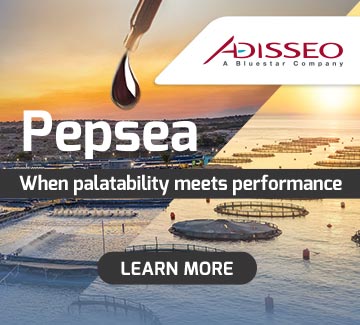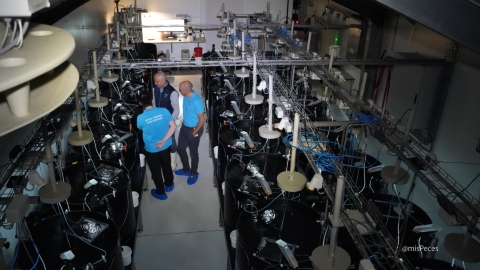
The Peruvian Ministry of Production has formally authorized the first anchoveta fishing season for the central-northern region of the country, establishing a total allowable catch (TAC) of 3 million metric tonnes. The season will commence on 22 April, and the quota marks one of the highest sets since 2018.
This decision follows an in-depth scientific assessment by the Instituto del Mar del Perú (IMARPE), which confirmed a healthy anchoveta biomass. To corroborate the findings, an additional survey-known as the Eureka exploratory mission-is scheduled to run from 19 to 21 April.
From an international perspective, Dr Enrico Bachis, Director of Market Research at IFFO-The Marine Ingredients Organisation, welcomed the move, stating that “this is the highest quota announced since 2018 (3,32 million tonnes) and 2011 (3,67 million tonnes), and it reflects the strength of the biomass.”
The rebound in Peruvian biomass comes at a time when global marine ingredient production is also gaining momentum. According to IFFO’s latest market report (data up to February 2025), cumulative fishmeal production rose by approximately 40% year-on-year, driven largely by strong performance in Peru. Chile, the United States, Spain and several African countries also reported improved output compared to January-February 2024.
Likewise, fish oil production saw a 38% increase over the same period, again with Peru playing a key role. Northern European countries were the only ones to report a decline.
These figures-provided by IFFO members who collectively account for around 40% of global fishmeal production and 50% of fish oil output-underscore Peru’s critical role in supplying key marine-based inputs for the global aquaculture feed sector.
For professionals in aquaculture, the opening of this season represents an encouraging development-not only due to the size of the authorized quota, but also because of the positive outlook for fishmeal and fish oil availability, both of which remain cornerstones of aquatic animal nutrition.


